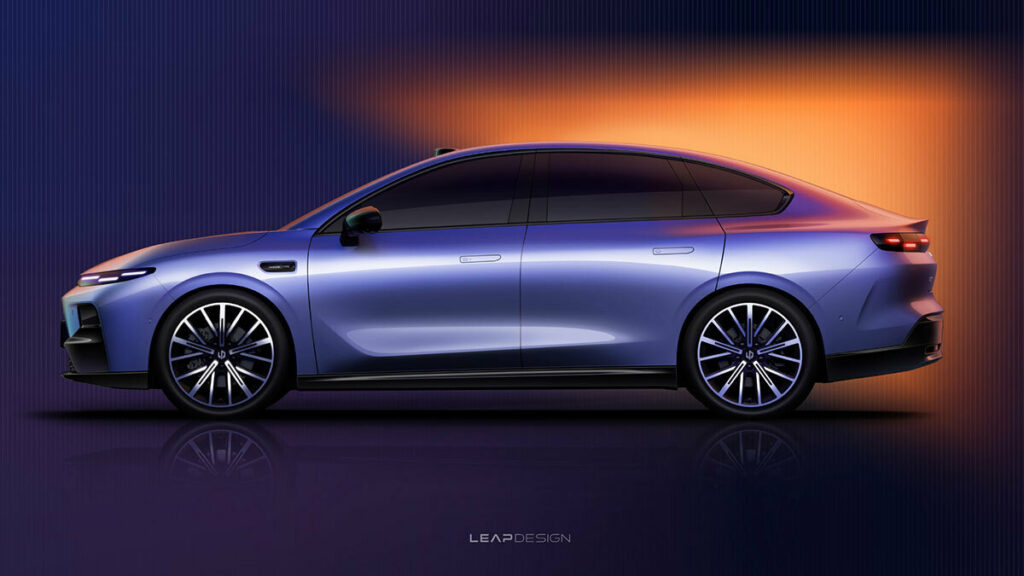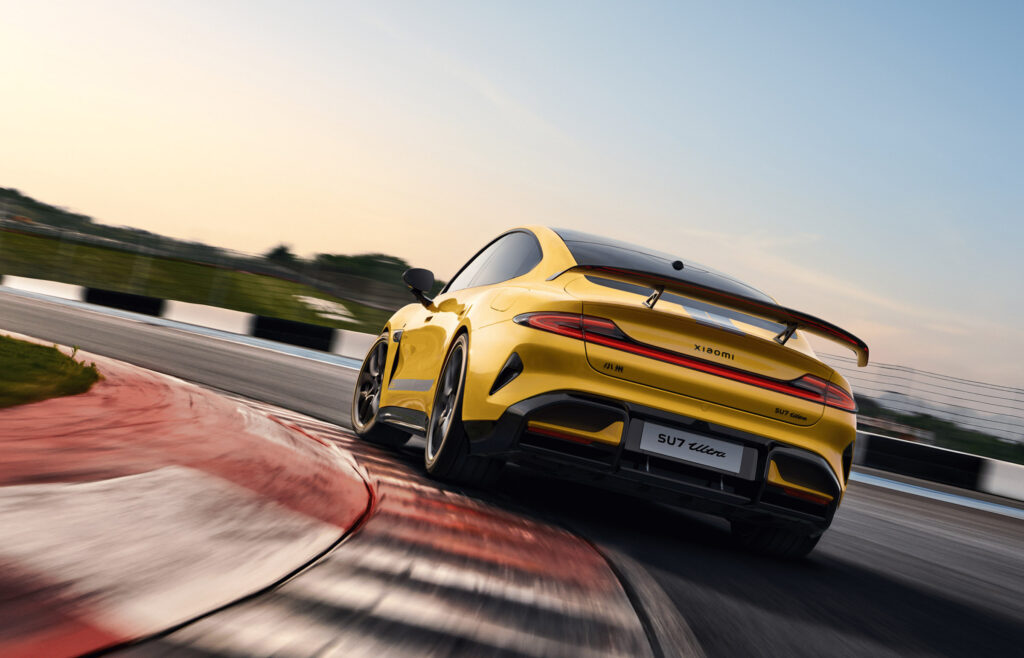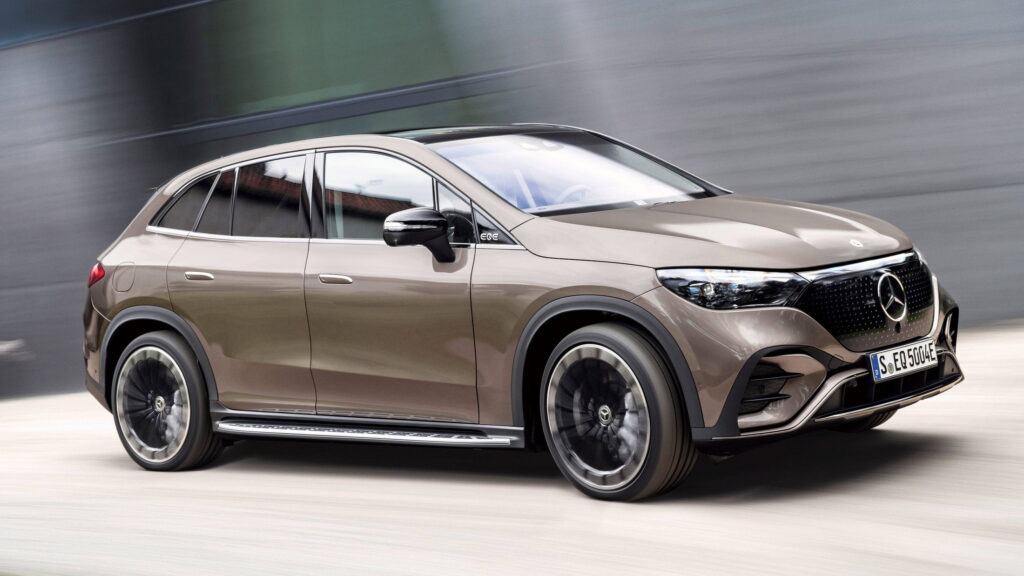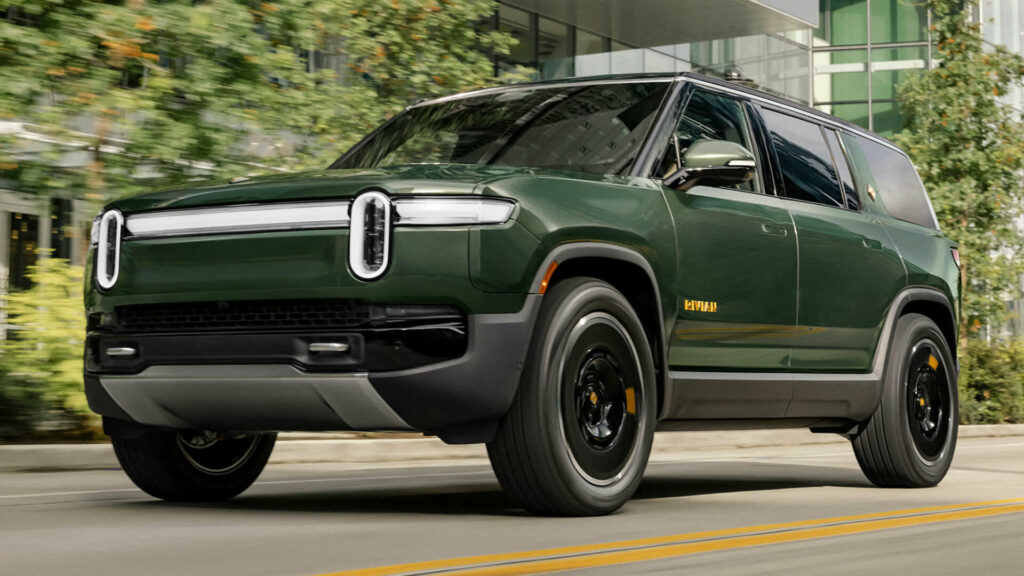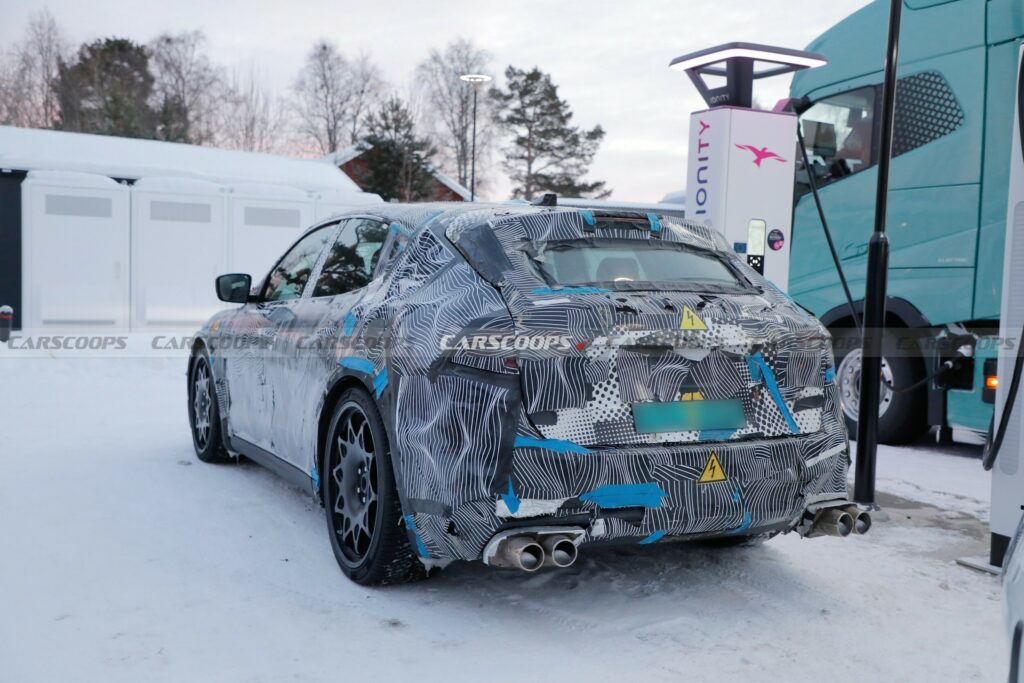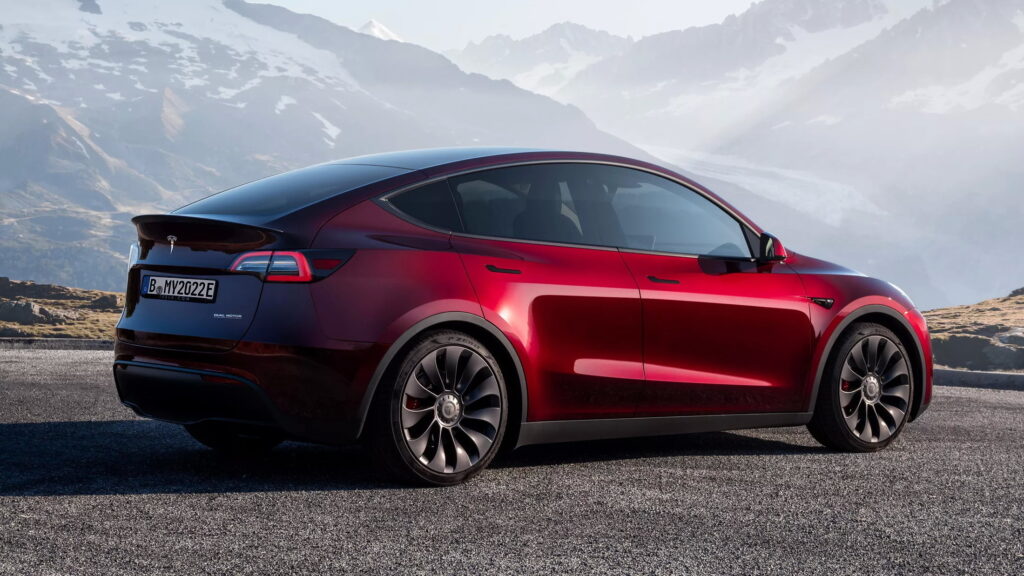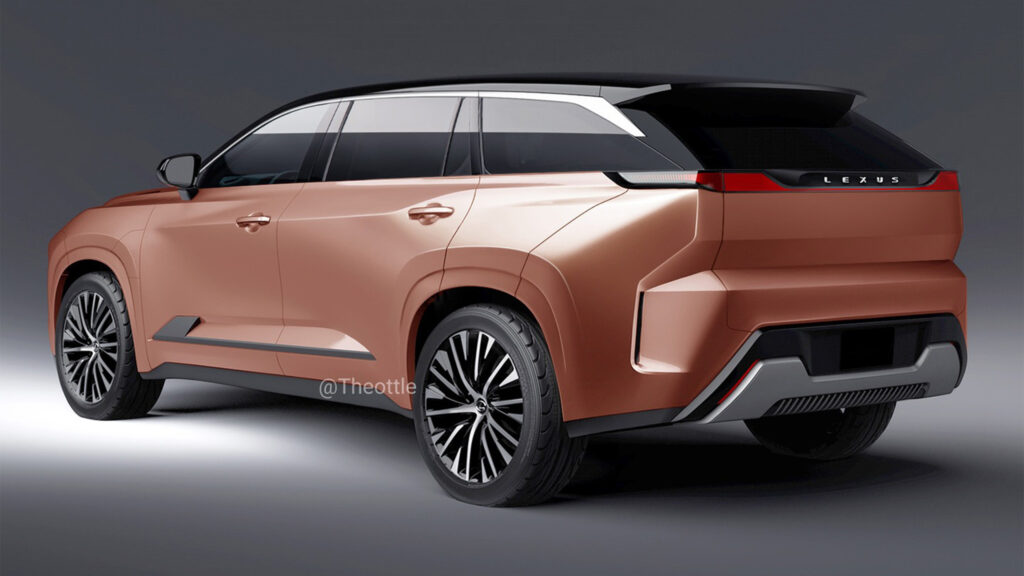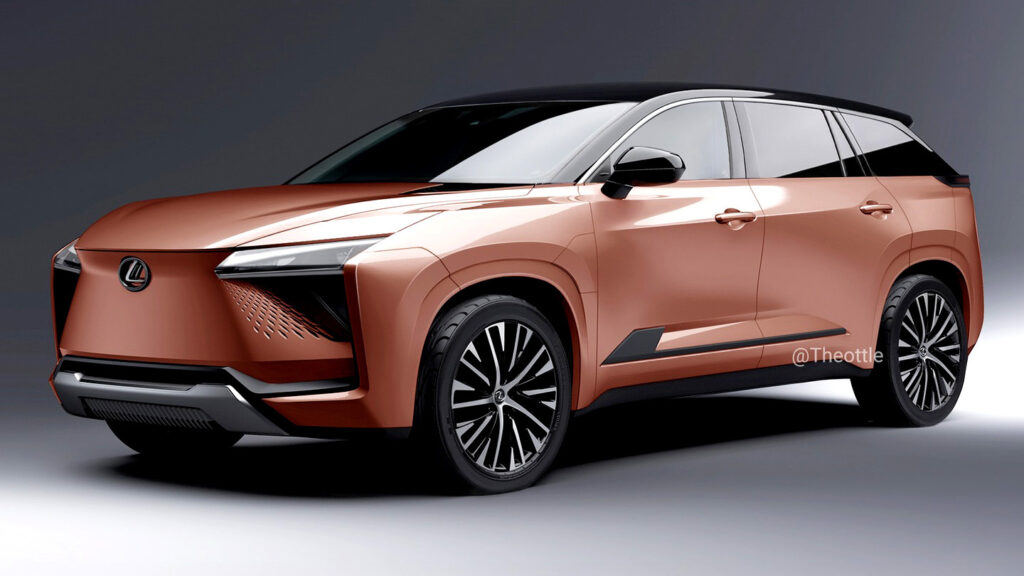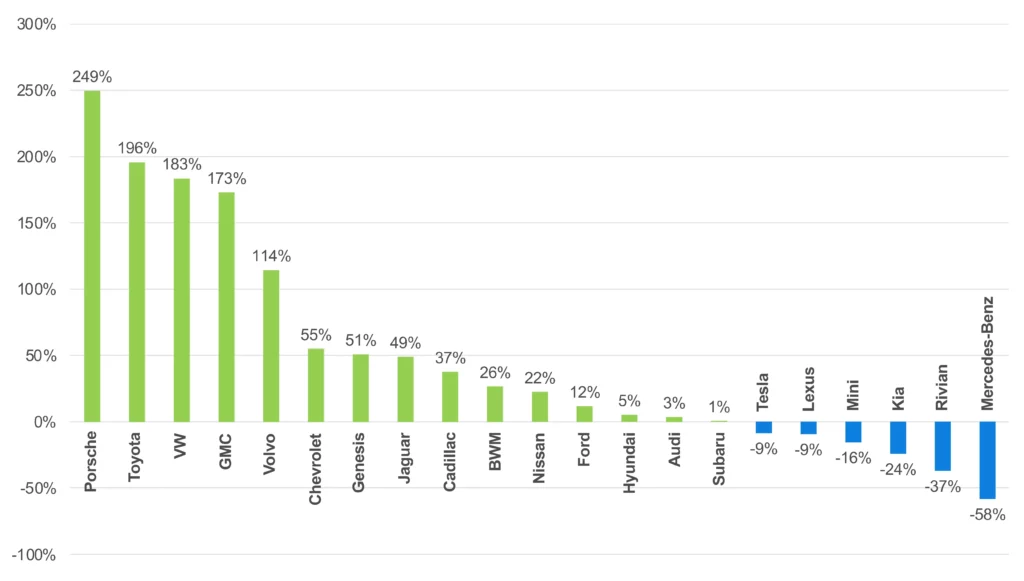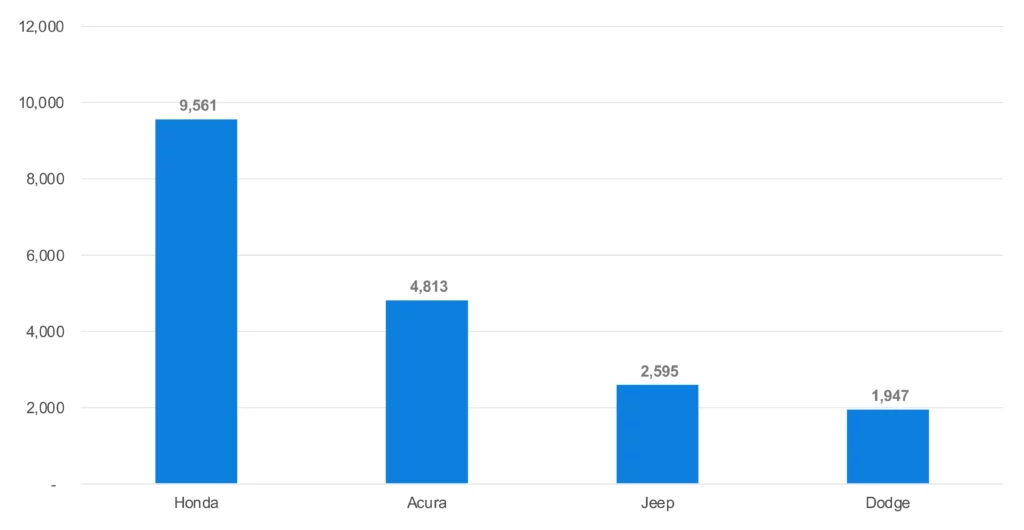New Land Rover Defender ‘Sport’ EV: What We Know
- The new Land Rover maintains a familiar boxy shape similar to the Defender we love.
- Spy shots reveal the new Defender’s taillights may be mounted low on the rear fascia.
- The more compact SUVwill be underpinned by Jaguar Land Rover’s latest EMA platform.
It feels like a new electric SUV is being unveiled every other day, and now, Land Rover is jumping on the bandwagon with its own version: a smaller, electric Defender. This upcoming model, which could be called the Defender Sport, was recently spotted during testing earlier this month. Once it hits production, it might look something like this.
Read: This Is Land Rover’s New Defender Baby EV
The renderings of the baby Defender based on recent prototype sightings give us a glimpse into Land Rover’s potential styling direction for the new model. While the prototype we spotted was heavily camouflaged, it was pretty clear the vehicle shares a boxy shape with its full-sized sibling, the Defender.
Exterior Design
Created by Nikita Chuyko for Kolesa, the front end of the vehicle features headlights that resemble those of the current Defender, albeit with a twist, as they appear to have been “cut in half” to match the smaller profile of the baby Defender. Gone is the traditional grille, replaced with a series of non-descript slits similar to those on the larger Defender, along with larger air intakes on either side of the bumper.


Much like its bigger brother, this electric Land Rover also sports flared arches at both the front and rear. The prototype was shown with blacked-out wing mirrors and pillars, except for the color-matched C-pillar, which adds a nice touch of contrast.
The rear of the baby Defender may be the most intriguing part of its design. Much like the controversial new Hyundai Santa Fe, the taillights of the Land Rover have been positioned very far down, sitting just above the bumper. While this gives the vehicle a distinctive look, we think it would look better if the lights were placed a little higher.
What Powertrain Will It Have?

The mini Defender EV is likely to be built on Jaguar Land Rover’s new EMA platform, which will also underpin the next-gen Range Rover Evoque, Velar, and Land Rover Discovery Sport models. This platform is designed to support an 800-volt electric architecture, meaning it’ll come with the capability for 350 kW fast charging.
We expect the baby Defender to come with all-wheel drive as standard, with twin-motor configurations likely aimed at retaining the off-road prowess that’s synonymous with the full-sized Defender.
What Rivals Will The Baby Defender EV Have?
The baby Defender EV’s most direct rival will be a smaller version of the Mercedes-Benz G-Class, also in the works for production. The ‘Little G’ will be available exclusively with an electric powertrain, though specifics about its setup are still under wraps at this stage. While the practicality of all-electric off-roaders remains up for debate, we’re definitely excited to see these two newcomers hit the market.
When Can We Expect It?
Land Rover is likely to launch the new baby Defender EV in 2027, as a 2028 model, with the smaller G-Class expected to arrive around the same time, if not a bit earlier. As for pricing, expect the mini Defender to be significantly more affordable than the current Defender, which starts at $60,800 for the four-door Defender 110 and $56,900 for the two-door Defender 90.

